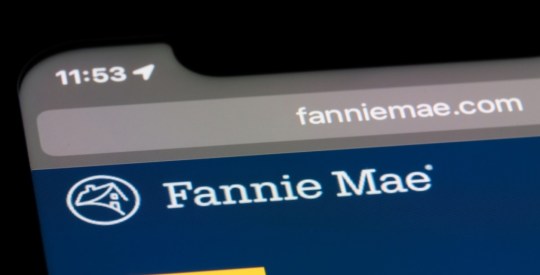Over the last several years, there’s been a serious push to get Fannie Mae and Freddie Mac to use newer credit scoring models that consider factors such as a person’s bank account history, work history, or utility payments as part of the formula to determine a borrower’s creditworthiness.
That movement grinded to a halt last year, when the Federal Housing Finance Agency announced that it will not be authorizing the use of any new credit scoring model for several years, but a newly released study from the Consumer Financial Protection Bureau shows that using alternative credit models will not only lead to more borrowers getting loans, the loans they get will be cheaper too.
The CPFB this week released a report that’s the result of study conducted by Upstart Network, a company that uses alternative data and machine learning in making credit and pricing decisions.
In 2017, the CFPB issued its first “no-action letter” to Upstart Network to allow the company to provide insight into whether alternative data, like education and employment history, would have an impact on credit decisions.
Now, nearly two years later, the CFPB is releasing the first results of that exploration.
According to the CFPB, Upstart Network’s credit underwriting model uses traditional underwriting data like borrowers’ income and assets, along with various categories of alternative data, including information related to borrowers’ education and employment history.
As part of the study, Upstart Network compared its underwriting model to a traditional underwriting model, and the results of the exercise showed that using alternative credit models leads to more borrowers being approved from credit, and leads to lower-priced loans for all borrowers.
Now, it should be noted that Upstart Network provides an online lending platform for consumers to apply for personal loans, including credit card refinancing, student loans, and debt consolidation, and the company does not operate in the mortgage financing space.
Additionally, the study did not deal specifically with mortgages, referring instead only to the catch-all term “loans” when referencing the underwriting decisions.
Nevertheless, the study is illustrative of the impact that using alternative credit sources can have on a borrowers’ ability to secure a loan.
According to the study, Upstart Network’s credit model approved 27% more loan applicants than the traditional credit model, and yielded 16% lower average annual percentage rates for approved loans.
Additionally, the CFPB report states that the alternative credit model appears to show no bias across race, ethnicity, or sex, with all tested categories showing increased approval rates of 23-29% and decreasing average APRs by 15-17%.
Beyond that, the alternative model brings expanded credit availability to segments of borrowers that are likely cut out of the lending process in its current form.
According to the CFPB, the study showed that “near prime” borrowers with FICO scores from 620 to 660 are approved approximately twice as frequently with the alternative model, as opposed the traditional model.
Applicants under 25 years of age are also 32% more likely to be approved for credit under the alternative model, and borrowers with incomes under $50,000 are 13% more likely to be approved.
The CFPB cautions that it is not endorsing Upstart Network’s model (or any other alternative model), but states that it’s clear that more work needs to be done address more than 25 million Americans who are “credit invisible” because they can’t get credit now.
“The Bureau encourages lenders to develop innovative means of increasing fair, equitable, and nondiscriminatory access to credit, particularly for credit invisibles and those whose credit history or lack thereof limits their credit access or increases their cost of credit, while maintaining a compliance management program that appropriately identifies and addresses risks of legal violations,” the CFPB said.
“The Bureau remains committed to using all of the tools at its disposal under the Dodd-Frank Act to help address these important issues around access to credit,” the bureau concluded.





